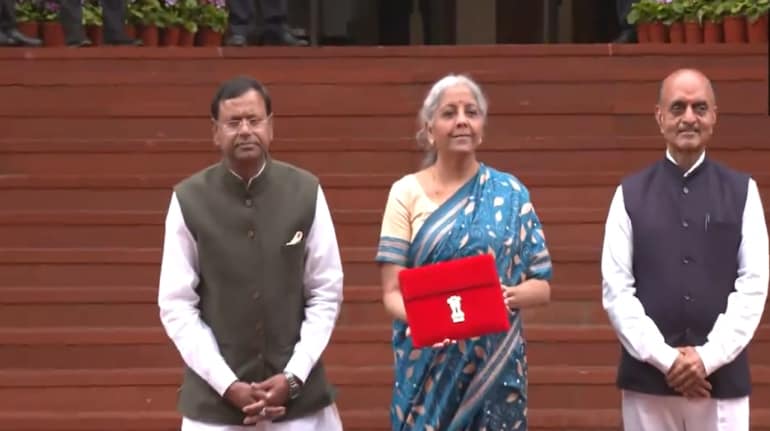Industrial output slumped to a 10-month low of 0.4 per cent in December, according to data released Friday by the National Statistical Office (NSO). The factory output — measured by the Index of Industrial Production (IIP) — had registered a growth of 1.3 per cent a month ago and 2.2 per cent in December 2020.
Why has output fallen?
The December IIP was dragged down by manufacturing, capital goods (tools and physical assets used by manufacturers in the production process) and consumer durables output, along with an unfavourable base. In absolute terms, the general index level of the IIP was higher than pre-pandemic levels seen in December 2019, but experts cautioned that the full impact of the restrictions in view of the Omicron variant of the Covid-19 pandemic may get reflected in the industrial output data next month.
Wait until March
IIP growth in Dec 2021 is the lowest in 10 months, with manufacturing continuing to be a major drag. The full impact of the recent curbs may get reflected only in the industrial output data next month.
The biggest drag for the industrial output in December came from the 0.1 per cent contraction (negative growth) in manufacturing output, which accounts for 77.6 per cent of the weight of the IIP. Manufacturing output had grown 0.8 per cent in the previous month and 2.7 per cent a year ago.
Weak consumption and investment also weighed on the industrial output. Capital goods, an indicator of investment, contracted 4.6 per cent in December as against a contraction of 2.0 per cent a month ago and 2.2 per cent growth a year ago.
Consumer durables output contracted 2.7 per cent in December as against 5.4 per cent contraction a month ago and 6.5 per cent growth a year ago, while consumer non-durables output contracted 0.6 per cent compared with 0.5 per cent growth a month ago and 1.9 per cent growth a year ago.
Mining output grew 2.6 per cent in December as against a growth of 4.9 per cent a month ago and 3 per cent contraction a year ago. Electricity output recorded a growth of 2.8 per cent in December compared with 2.1 per cent a month ago and 5.1 per cent a year ago.
During April-December this fiscal, the IIP grew 15.2 per cent against a 13.3 per cent contraction in the same period last year.
What do the numbers portend?
“The short-lived Omicron wave and mobility restrictions could impair industrial output further in January. However, rapid control of new infections, and the removal of activity curbs means the economic recovery could resume from February onward,” Rahul Bajoria, Chief India Economist, Barclays said.
Successive monthly data of industrial output is making it abundantly clear that consumption demand will need policy makers’ attention much more than hitherto being given if recovery is to become a sustainable one, India Ratings said.“Also, the continued weakness in capital goods does not augur well. Although there are indications that finally, private corporate investment is picking up, the same has yet to find a reflection in the IIP data,” Sunil Kumar Sinha, Principal Economist, India Ratings and Research said.
Economists said the weakness in industrial output on the back of contraction in capital goods, consumer durables and consumer non-durables add heft to the Reserve Bank of India’s monetary policy committee decision to remain growth supportive in light of the incomplete recovery.
“Capital goods contracted in YoY terms, as well as relative to the pre-Covid level, highlighting the tentativeness in the investment cycle. In line with our expectation, the recent RBI release indicates a capacity utilisation of 68% in Q2 FY2022, which we expect will improve to 71-72% in the ongoing quarter despite the third wave, but not be enough to trigger a pickup in the private capex cycle,” Aditi Nayar, Chief Economist, ICRA said.
What is the RBI policy stance?
The Reserve Bank of India, in its monetary policy Thursday, had kept the key policy rates unchanged citing “an accommodative stance as long as necessary to revive and sustain growth on a durable basis” and continue to mitigate the impact of Covid-19 on the economy, while ensuring that inflation remains within the target going forward.
Newsletter | Click to get the day’s best explainers in your inbox
Explained: Why has India’s factory output slipped to a 10-month low in December? - The Indian Express
Read More


No comments:
Post a Comment